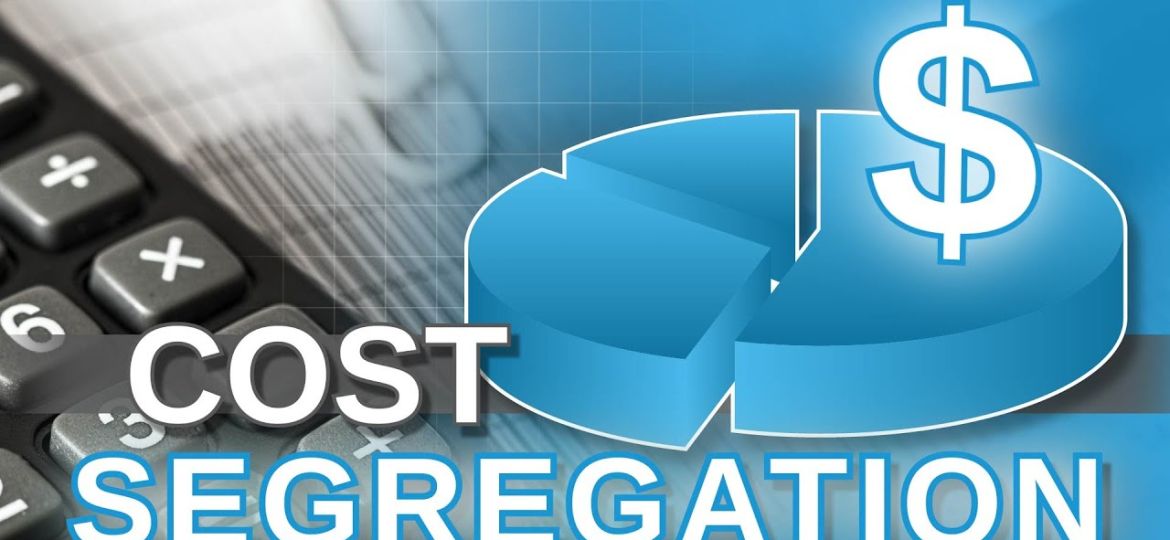
Tax time can be stressful for many individuals, especially when it comes to determining how much federal income tax should be withheld from their paychecks. Fortunately, the Internal Revenue Service (IRS) offers a tool called the Tax Withholding Estimator to help taxpayers calculate the right amount of tax to withhold. In this blog post, we will dive deeper into the Tax Withholding Estimator and explore how it can help taxpayers avoid surprises at tax time.
What is the Tax Withholding Estimator?
The Tax Withholding Estimator is an online tool provided by the IRS to help taxpayers determine the right amount of federal income tax to have withheld from their paychecks. It is free to use and takes into account a variety of factors, including income, filing status, number of dependents, and other deductions and credits.
The goal of the Tax Withholding Estimator is to help taxpayers avoid over or under-withholding federal income tax. Over-withholding can result in a large tax refund but means that taxpayers have essentially given the government an interest-free loan throughout the year. Underwithholding can result in a tax bill at the end of the year, which can be difficult to pay off all at once.
How Does the Tax Withholding Estimator Work?
To use the Tax Withholding Estimator, taxpayers will need to have their most recent pay stub and tax return handy. They will also need to input information about their income, deductions, and credits.
The estimator will then calculate the recommended amount of federal income tax to have withheld from each paycheck. This amount will be based on the taxpayer’s expected income for the year, as well as their filing status, number of dependents, and other factors.
The Tax Withholding Estimator also provides suggestions for how taxpayers can adjust their withholding to ensure they are withholding the right amount of tax. This can include changing the number of allowances claimed on their W-4 form, which is used to determine federal income tax withholding.
To use the Tax Withholding Estimator, you will need the following information:
Most recent pay stub
You will need to input information about your income from your most recent pay stub. This can include your gross pay, any pre-tax deductions such as retirement contributions or health insurance premiums, and any post-tax deductions such as 401(k) loan payments or wage garnishments.
Most recent tax return
You will need to input information about your filing status, number of dependents, and any deductions and credits you claimed on your most recent tax return.
Information about other income
If you have income from sources other than your job, such as rental income or investment income, you will need to provide information about that income.
Information about estimated tax payments
If you have made any estimated tax payments during the year, you will need to provide information about those payments.
How to Estimate your federal income tax withholding
By providing accurate and up-to-date information, you can get the most accurate estimate of how much federal income tax to withhold from your paychecks using the Tax Withholding Estimator.
you can use the Tax Withholding Estimator provided by the Internal Revenue Service (IRS) to calculate an estimate of your federal income tax withholding.
To use the Tax Withholding Estimator, you will need your most recent pay stub and tax return, as well as information about any deductions, credits, or other sources of income you may have. You can access the Tax Withholding Estimator on the IRS website, and it will guide you through the process of entering your information and calculating your recommended federal income tax withholding.
It’s important to note that the Tax Withholding Estimator provides an estimate and is not a guarantee of your actual tax liability. You may need to make adjustments throughout the year to ensure that you are withholding the right amount of tax. If you have any questions or concerns about your federal income tax withholding, you may want to consult with a tax professional for guidance.
Why you should check your tax withholding
Checking your federal income tax withholding is important for several reasons. Here are a few:
Avoid underpaying
If you don’t withhold enough federal income tax from your paychecks throughout the year, you could end up owing a large amount of money when you file your tax return. This can be a surprise and may result in penalties and interest charges. By checking your withholding and adjusting it as needed, you can help avoid underpaying your taxes.
Maximize your take-home pay
On the other hand, if you’re withholding too much federal income tax, you may be giving the government an interest-free loan. By adjusting your withholding to better match your tax liability, you can maximize your take-home pay throughout the year.
Life changes
Major life events, such as getting married, having a child, or buying a home, can impact your tax liability. Checking your withholding can help ensure that you’re accounting for these changes and withholding the appropriate amount of tax.
New tax laws
Tax laws can change from year to year, and staying on top of these changes can be challenging. The Tax Withholding Estimator takes into account any changes in tax laws to provide a more accurate estimate of your federal income tax withholding.
In summary, checking your federal income tax withholding can help you avoid underpaying or overpaying your taxes, maximize your take-home pay, account for major life changes, and stay up-to-date with new tax laws. It’s a good idea to check your withholding at least once a year or whenever there is a significant change in your financial situation.
Benefits of Using the Tax Withholding Estimator
Using the Tax Withholding Estimator can provide several benefits for taxpayers. First and foremost, it can help ensure that taxpayers are not surprised by a large tax bill or smaller refund than expected at the end of the year.
The Tax Withholding Estimator can also help taxpayers avoid penalties for underpayment of estimated taxes. Taxpayers are required to pay estimated taxes throughout the year if they expect to owe more than $1,000 in taxes at the end of the year. The Tax Withholding Estimator can help taxpayers determine the right amount of estimated tax payments to make.
In addition, the Tax Withholding Estimator can help taxpayers make informed decisions about their finances. By understanding how changes in income, deductions, and credits can affect their tax liability, taxpayers can make better financial decisions throughout the year.
Tips for Using the Tax Withholding Estimator
To get the most accurate estimate from the Tax Withholding Estimator, taxpayers should ensure that they have all the necessary information about their income, deductions, and credits. This can include information about their retirement contributions, health insurance premiums, and other deductions.
Taxpayers should also update their information in the Tax Withholding Estimator throughout the year if their circumstances change. This can include changes in income, marriage, or having a child.
Finally, taxpayers should review their withholding periodically throughout the year to ensure that they are on track to withhold the right amount of tax. This can help avoid surprises at tax time and ensure that taxpayers comply with their tax obligations.
Conclusion
The Tax Withholding Estimator is a valuable tool for taxpayers who want to ensure they are withholding the right amount of federal income tax from their paychecks. By using the estimator, taxpayers can avoid surprises at tax time, avoid penalties for underpayment of estimated taxes, and make





